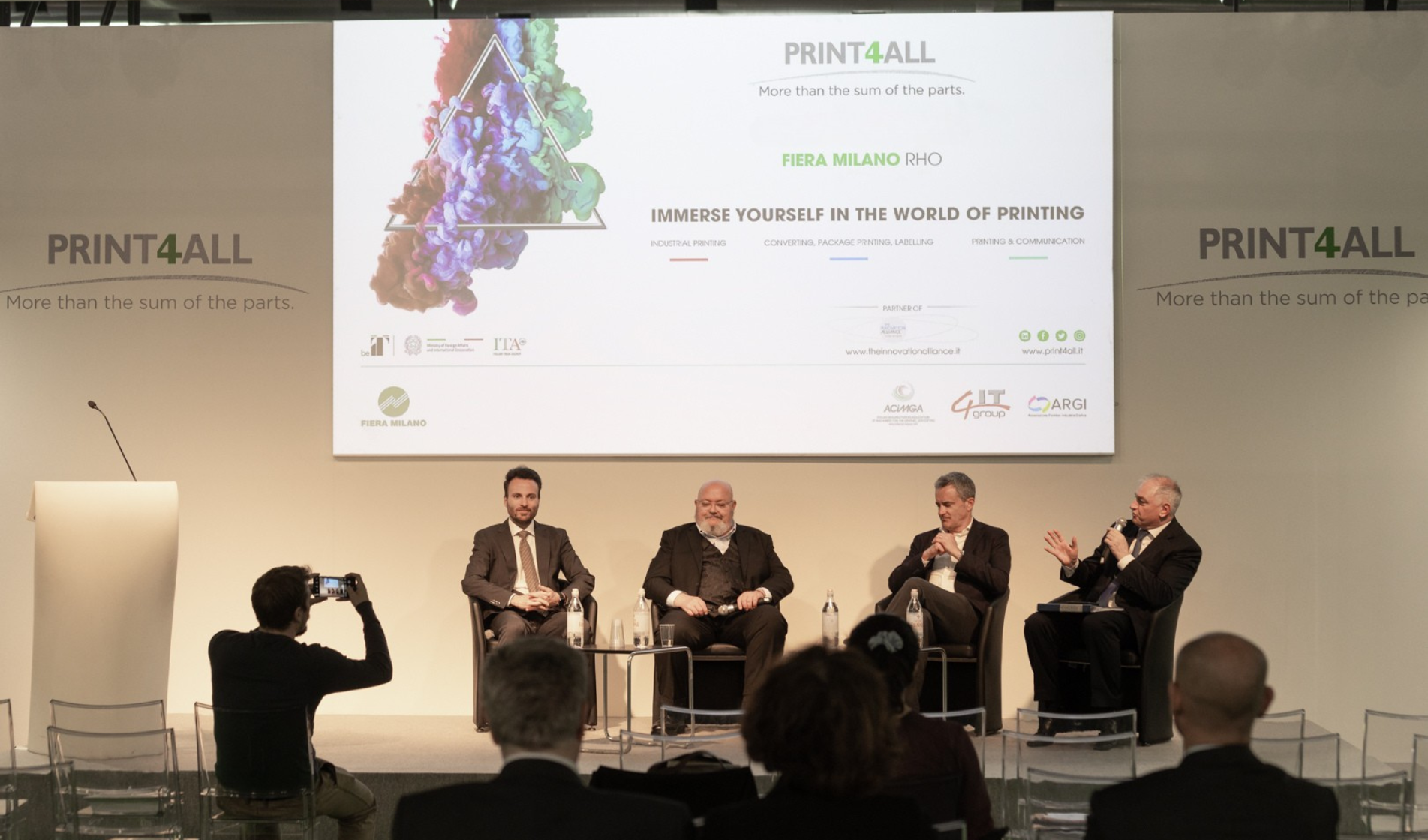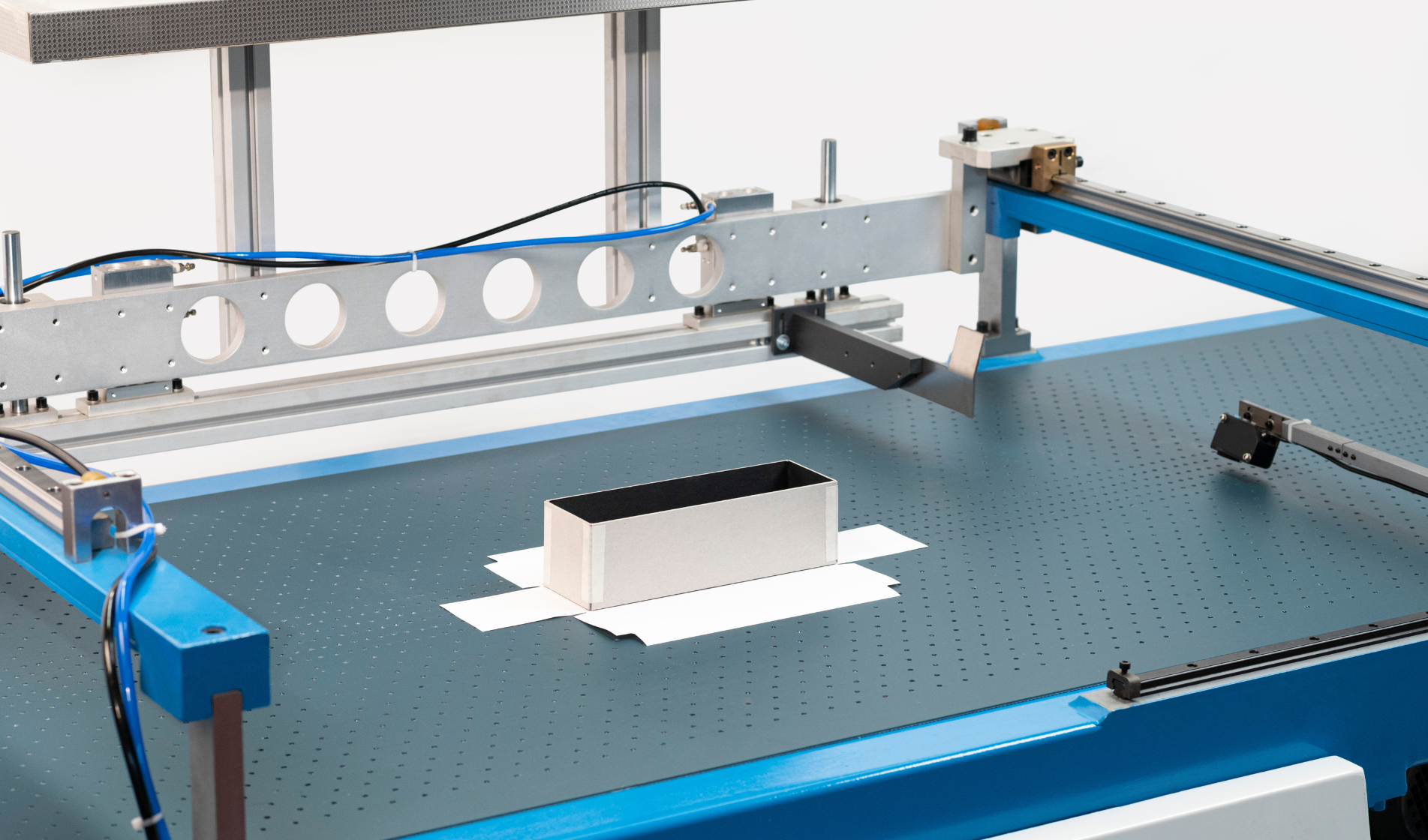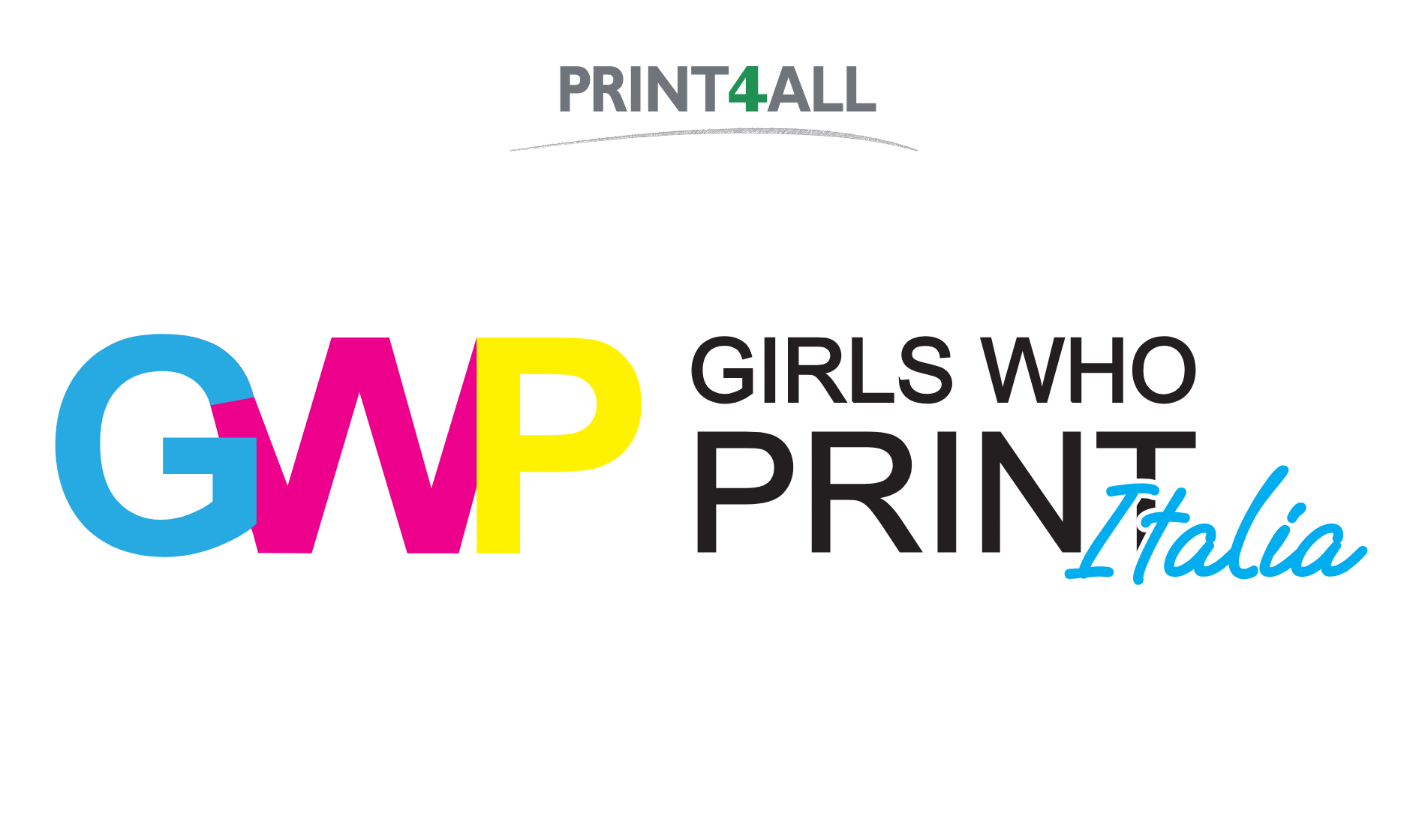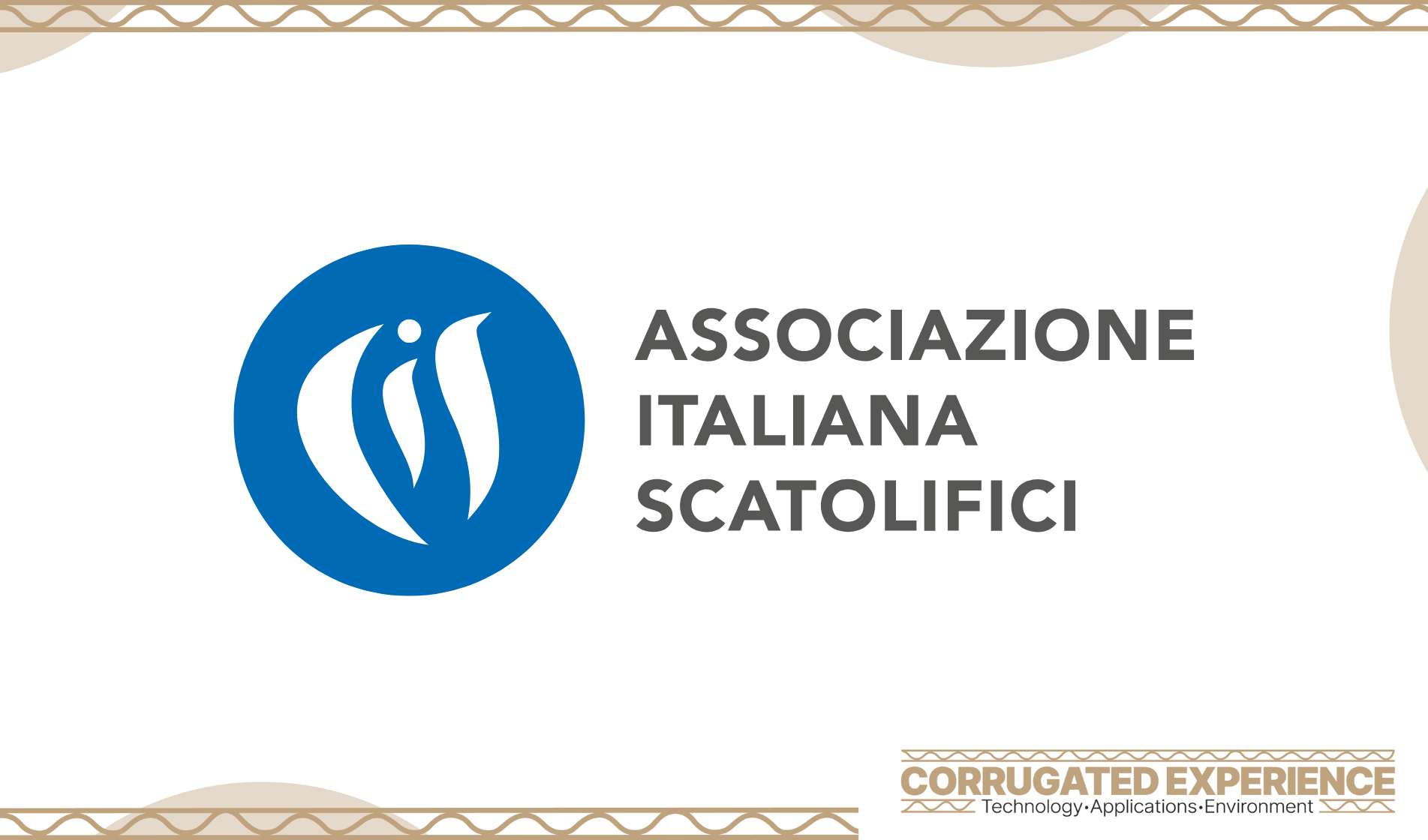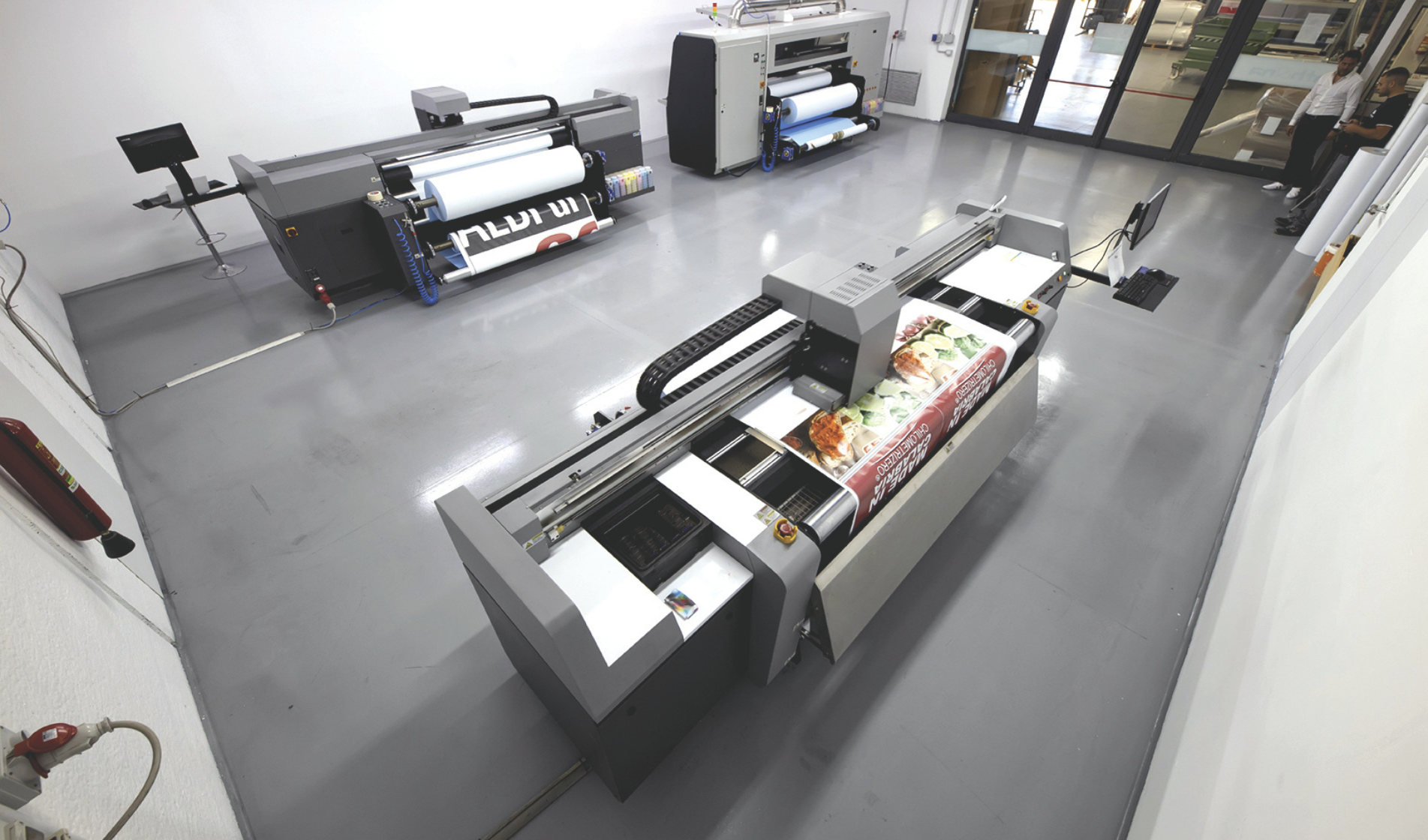The general trends are well known: paper and cardboard are gaining increasing market shares, though they have to be able to guarantee new functions which, first and foremost, means mechanical strength and coatings; “conventional” plastics are moving towards polymers, which are easier to dispose of at the end of their life cycle, as well as mono-material structures, though these too must get to grips with performance levels that ensure the product's protection, health and shelf life; the search for new plastics derived from organic raw materials is multiplying, generating a myriad of new machinability and printability issues. This scenario sees suppliers of machines, coatings, inks, adhesives and drying systems at the forefront of a process that, now more than ever, demonstrates the cohesion and complementarity of the different factors that come together to achieve the desired packaging.
New sustainable plastic films: trends and critical issues
There really is a revolution happening in flexible packaging, spurred on by the fact that users have to look for solutions with the lowest possible environmental impact given the imminent deadlines, 2025 and 2030, imposed by international bodies. This is why it becomes crucial to analyse the best methods of treating products that can meet the demand for environmental neutrality through recycling (mechanical or chemical) as well as composting.
It is precisely this focus on material compostability that strengthens the search for coupling and surface treatment materials which meet packaging’s physical requirements as well as printability ones, and therefore post-life management of the printed product.
Recyclable or compostable?
When we talk about eco-friendly packaging, everyone immediately thinks of waste management, although, as we now know, sustainability evaluations must take the product’s entire life cycle into account. Having said that, LCAs lead to an unambiguous conclusion: “sustainable” packaging must be recyclable in order to return to the production cycle, or compostable, i.e., susceptible to microbial disintegration under given conditions and times, in order to be used as an organic substrate (see EN13432/EN 14995).
The market largely focuses on recycling (there are also obvious cost reasons related to compostable materials) which can be divided into two major areas: mechanical recycling, which produces a granule that cannot be “cleaned” from the impurities absorbed during its life cycle and therefore cannot be reused to produce packaging in direct contact with a foodstuff, and chemical recycling, which subjects plastic to pyrolysis or hydrolysis to produce a monomer that can be purified and therefore holds greater application opportunities.
Homogeneous materials, from coatings to shelf life
If packaging’s environmental impact is evaluated at the end of its life, it is undeniable that creating sustainable packaging starts from design, including by adopting alternatives to conventional plastics, which are actually being developed by converters all across the globe, encouraged by big brands. The aim is to identify materials that are easier to recycle than conventional laminates, but that can provide adequate coating performance and shelf life.
Not compromising shelf-life is, naturally, a primary objective, otherwise the advantage of the economic-environmental balance derived from the simple study and use of innovative and eco-friendly materials in packaging would be lost.
There are several measures to include in the processes that a converter implements in a flexible packaging production process. In some cases, eliminating some parts of the packaging (e.g., the aluminium layer from the polylaminate used for some packaging) can be a complication in end-of-life management, but an absolute assurance for “coating” performance that packaging must guarantee.
In other cases, developing solutions that allow coatings to be created that provide new film properties they do not typically possess and a duration consistent with the life cycle of the product contained are only found through major coordination efforts between suppliers of coatings, adhesives and printing system manufacturers, who must then complete the series of guarantees for the finished product.



